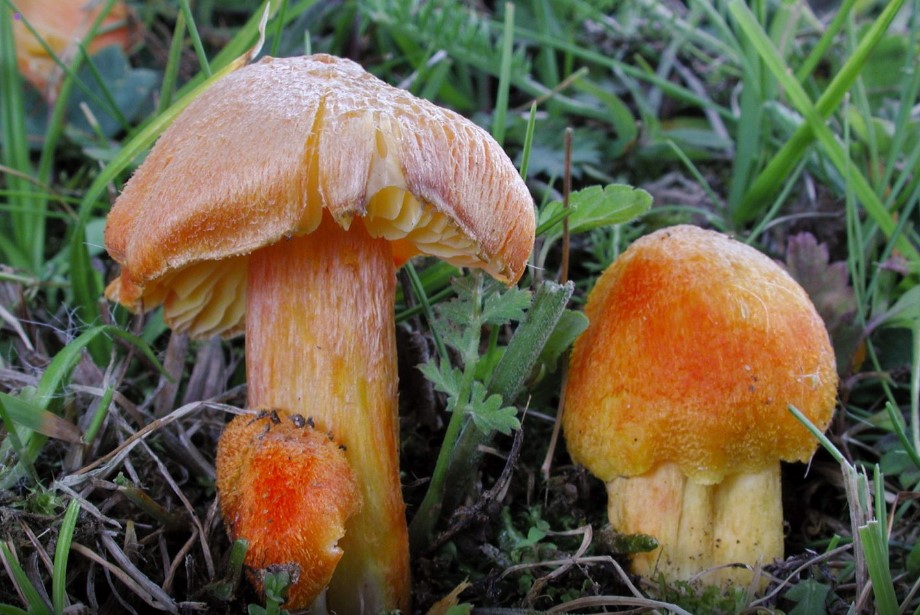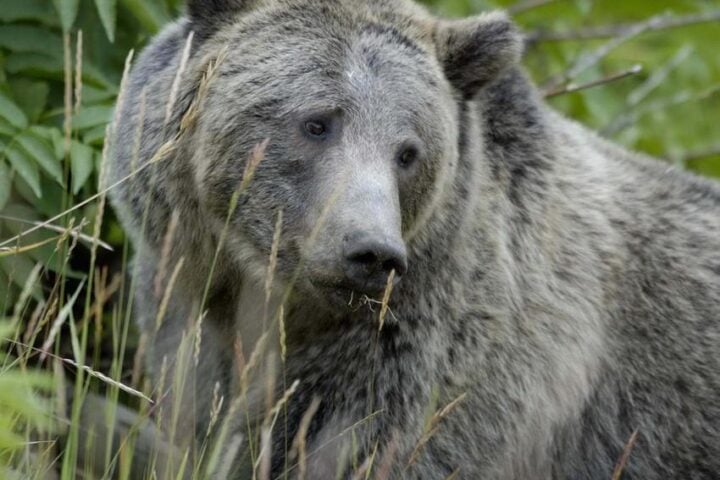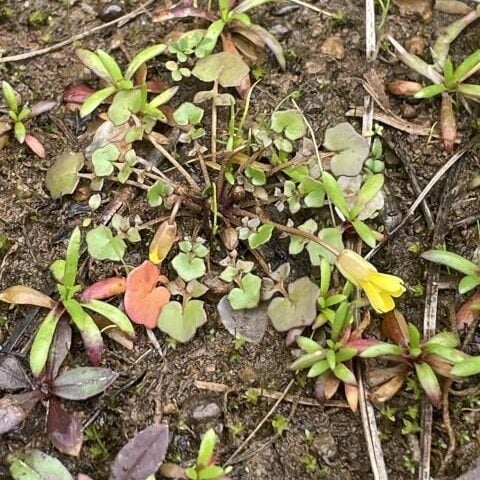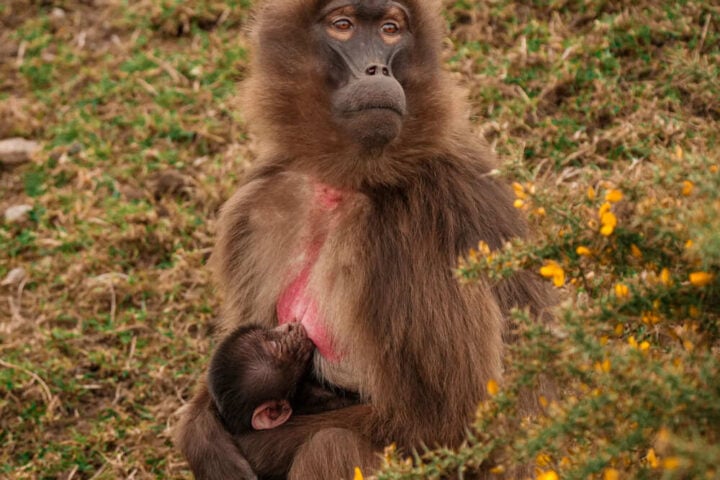The number of fungi species facing extinction has crossed a critical threshold, with the International Union for Conservation of Nature (IUCN) confirming that more than 1,000 fungi species are now threatened with extinction.
In its March 27, 2025 update, the IUCN Red List—the world’s most comprehensive inventory of the conservation status of species—now includes 1,300 fungi species, of which at least 411 are at risk of extinction. The addition of 482 newly assessed fungi species marks a significant milestone in recognizing the growing threats to these often overlooked organisms.
“Fungi are the unsung heroes of life on Earth, forming the very foundation of healthy ecosystems – yet they have long been overlooked,” said Dr. Grethel Aguilar, IUCN Director General. “Now, it’s time to turn this knowledge into action and safeguard the extraordinary fungal kingdom, whose vast underground networks sustain nature and life as we know it.”
Multiple Threats Closing In
The IUCN identified several key threats pushing fungi toward extinction:
Agricultural expansion and urbanization have replaced natural fungi habitats, endangering 279 species. In Europe, nitrogen and ammonia runoff from fertilizers and engine pollution threaten 91 species, including the Vulnerable fibrous waxcap (Hygrocybe intermedia).
Deforestation for timber, illegal logging, and land clearing for agriculture threaten at least 198 fungi species. The clear-cutting of old-growth forests is particularly damaging, as these practices destroy fungi that cannot re-establish themselves during rotation forestry. In northern Europe, 30% of old-growth pine forests across Finland, Sweden, and Russia have been cut down since 1975, pushing species like the giant knight (Tricholoma colossus) into the Vulnerable category.
Climate change has altered fire patterns, especially in the United States, putting over 50 fungi species at risk of extinction. In the Sierra Nevada mountains, firs have increasingly dominated the landscape since 1980, reducing habitat for the now Endangered Gastroboletus citrinobrunneus.
Similar Posts
Hidden Kingdom, Visible Impact
While fungi may live largely unseen underground or inside wood, their decline has far-reaching consequences for surface ecosystems and human welfare.
“As we lose fungi, we impoverish the ecosystem services and resilience they provide, from drought and pathogen resistance in crops and trees to storing carbon in the soil,” explained Professor Anders Dahlberg, Red List Authority Coordinator of the IUCN SSC Mushroom, Bracket and Puffball Specialist Group.
Fungi constitute their own kingdom, separate from animals and plants, and are the second largest kingdom after animals. Scientists estimate there are about 2.5 million fungal species worldwide, though only around 155,000 have been formally named.
These organisms play crucial ecological roles. Most plants partner with fungi to absorb nutrients and cannot survive without them. Fungi also make decomposition possible, turning dead matter into nutrients that feed new life.
Many fungi are edible and are used in food and drink production, including fermentation processes. Others form the basis of medicines or support bioremediation efforts to clean contaminated sites.

Conservation Solutions
The IUCN report emphasizes the need for increased protection of old-growth forests. It also calls for forestry practices that consider fungi, such as leaving dead wood and scattered trees in harvested areas. Proactive forest management could also help manage fire intensity and protect fungal habitats.
The inclusion of fungi in the IUCN Red List represents growing recognition that conservation efforts must extend beyond plants and animals to protect the full diversity of life. With 47,187 of the 169,420 species on the IUCN Red List now threatened with extinction, the challenge remains significant across all kingdoms of life.
Frequently Asked Questions
Fungi are essential to ecosystem health as they form the foundation of many natural processes. They partner with most plants to help them absorb nutrients, make decomposition possible by breaking down dead matter into nutrients, and create vast underground networks that sustain nature. Without fungi, many plants couldn’t survive, soil fertility would decrease, and ecosystem resilience would be severely compromised.
Multiple threats are driving fungi toward extinction. The main causes include agricultural expansion and urbanization destroying natural habitats, pollution from nitrogen and ammonia runoff from fertilizers, deforestation and clear-cutting of old-growth forests, and climate change altering fire patterns. These human activities are rapidly changing environments where fungi have evolved over millions of years, and many species cannot adapt quickly enough to survive.
Scientists estimate there are approximately 2.5 million fungal species worldwide, though only around 155,000 have been formally named and described. According to the recent IUCN Red List update, of the 1,300 fungi species that have been assessed for conservation status, at least 411 are now at risk of extinction. This represents a significant concern, as fungi constitute the second largest kingdom of life after animals.
Fungi provide numerous direct benefits to humans. Many species are edible and form the basis of various foods (mushrooms) and beverages. They’re essential in fermentation processes for foods like bread, cheese, beer, and wine. Fungi also produce important medicines, including antibiotics like penicillin. Additionally, certain fungi species are used in bioremediation efforts to clean up environmental pollution and contaminated sites. As we lose fungi diversity, we risk losing these valuable resources and services.
Old-growth forests provide ideal conditions for many specialized fungi species that have adapted to these stable, diverse ecosystems over thousands of years. These forests offer consistent moisture levels, complex soil structures, abundant dead wood, and established symbiotic relationships with mature trees. When old-growth forests are cleared, these specialized fungi often cannot re-establish themselves in managed forests or plantation settings that lack the ecological complexity and continuity they require to survive.
Several conservation approaches could help protect fungi biodiversity. The IUCN recommends increased protection of old-growth forests where many rare fungi species live. Modifying forestry practices to be more fungi-friendly—such as leaving dead wood and scattered trees in harvested areas—can maintain some habitat. Improved forest management could also help control fire intensity to protect fungal habitats. Additionally, reducing agricultural runoff and pollution, expanding fungi monitoring programs, and including fungi in biodiversity assessments and conservation planning are all important steps.








![Representative Image: European Starling [49/366]. Photo Source: Tim Sackton (CC BY-SA 2.0)](https://www.karmactive.com/wp-content/uploads/2025/04/Starlings-Drop-82-in-UK-Gardens-as-Birdwatch-2025-Reveals-Record-Low-Count-Since-1979-720x480.jpg)









